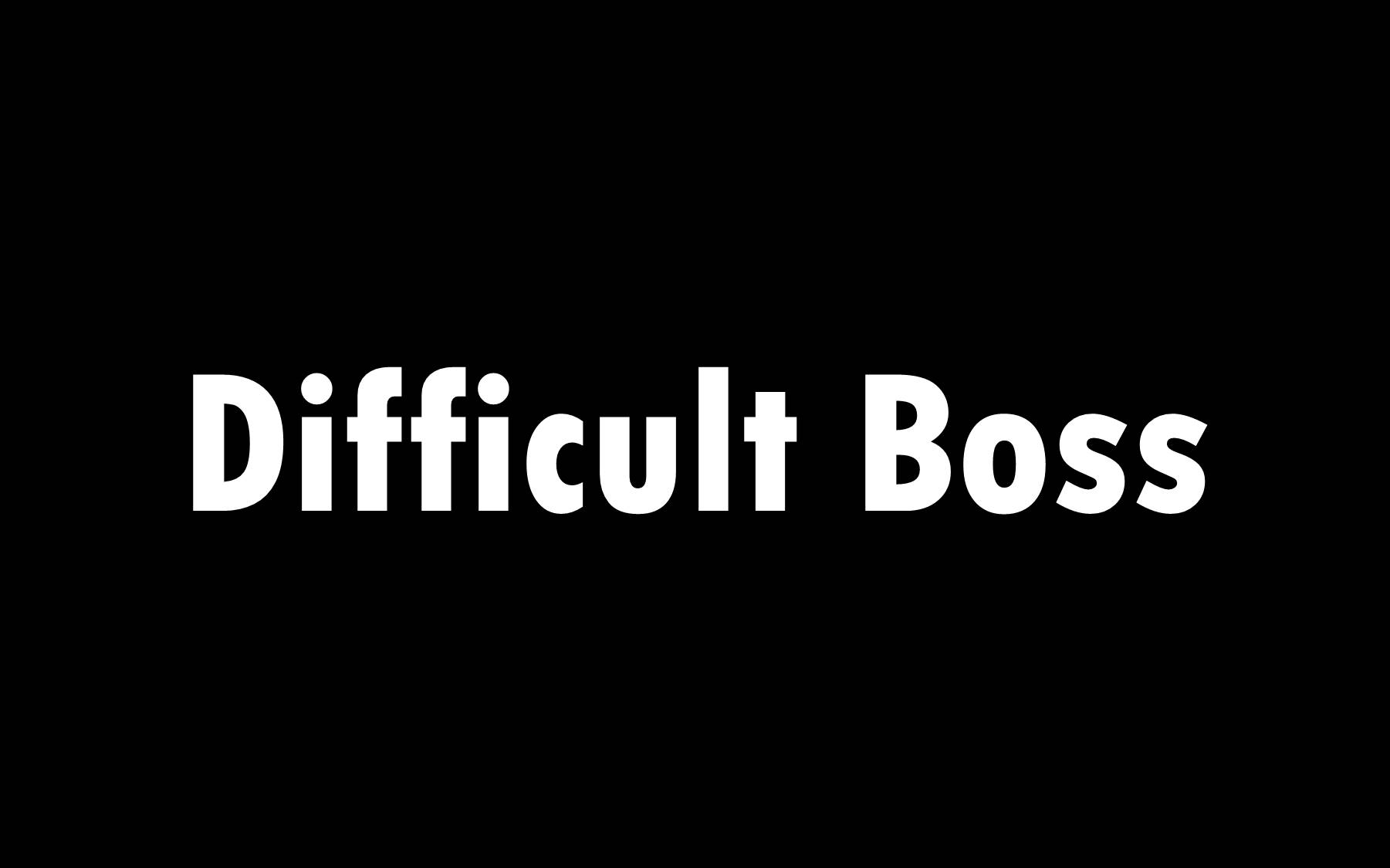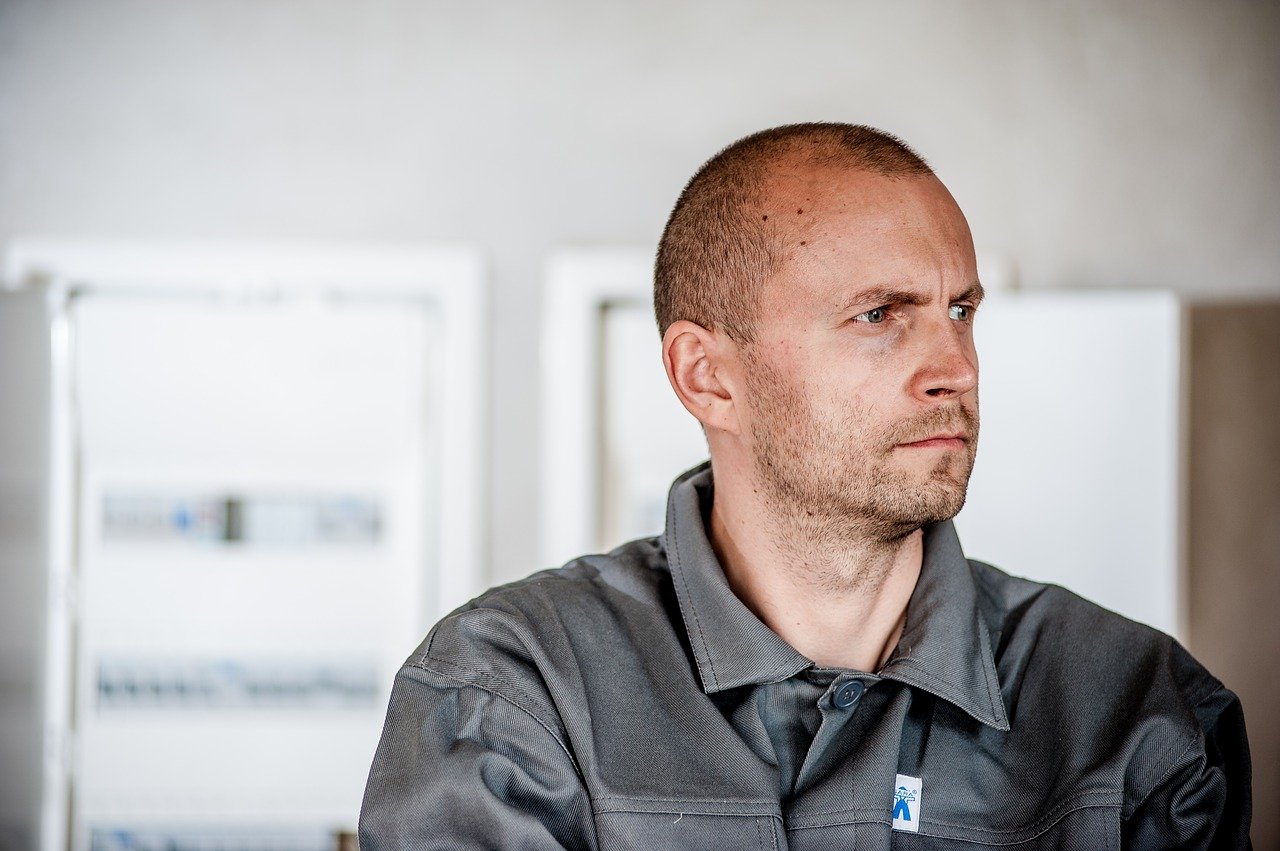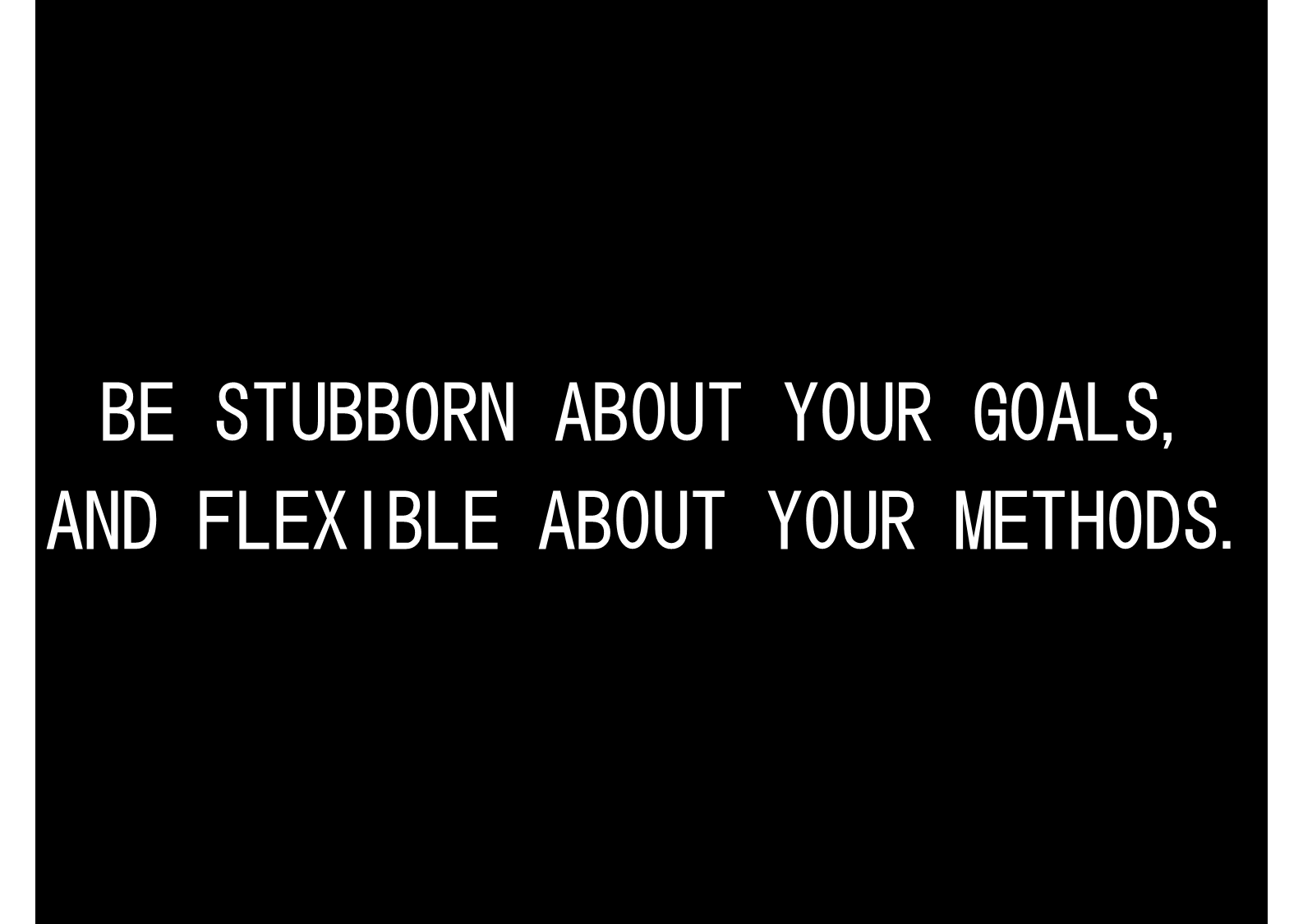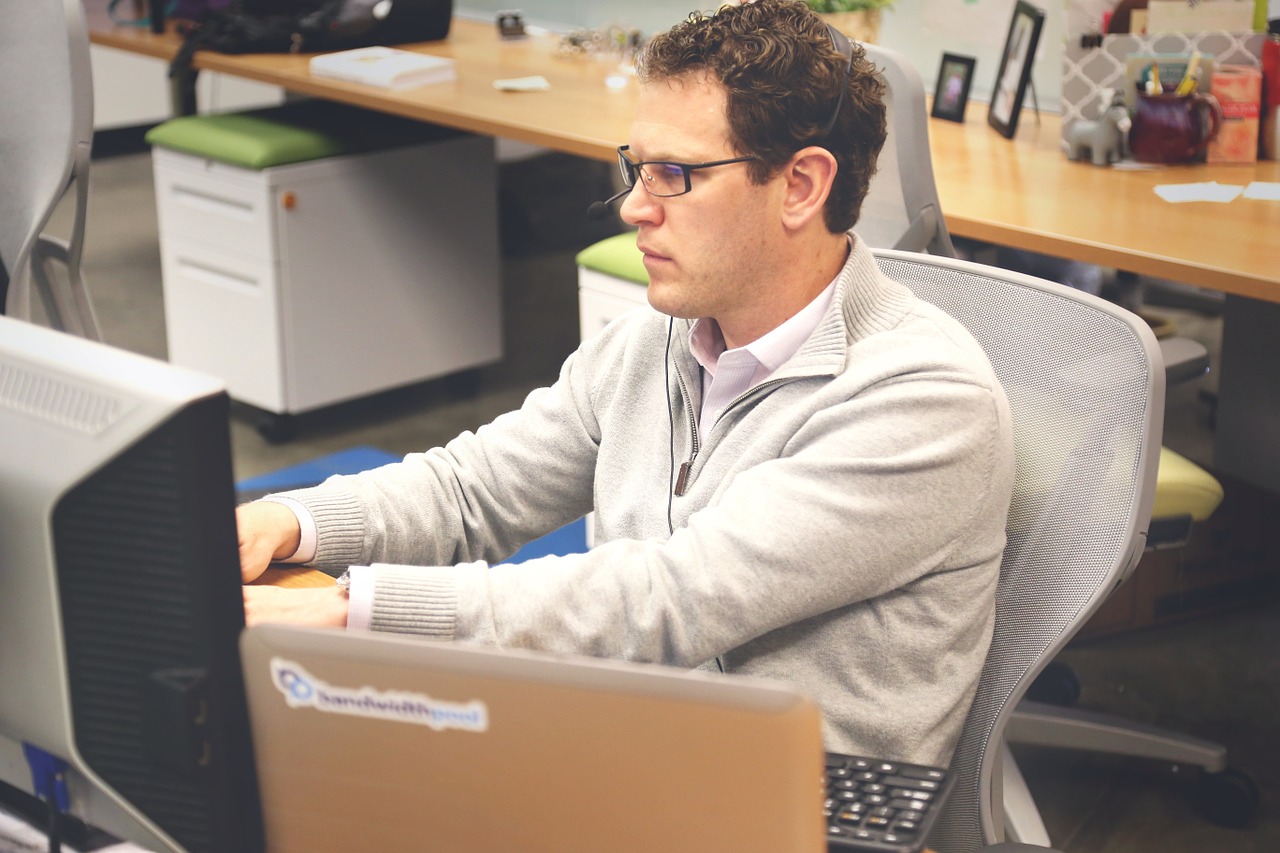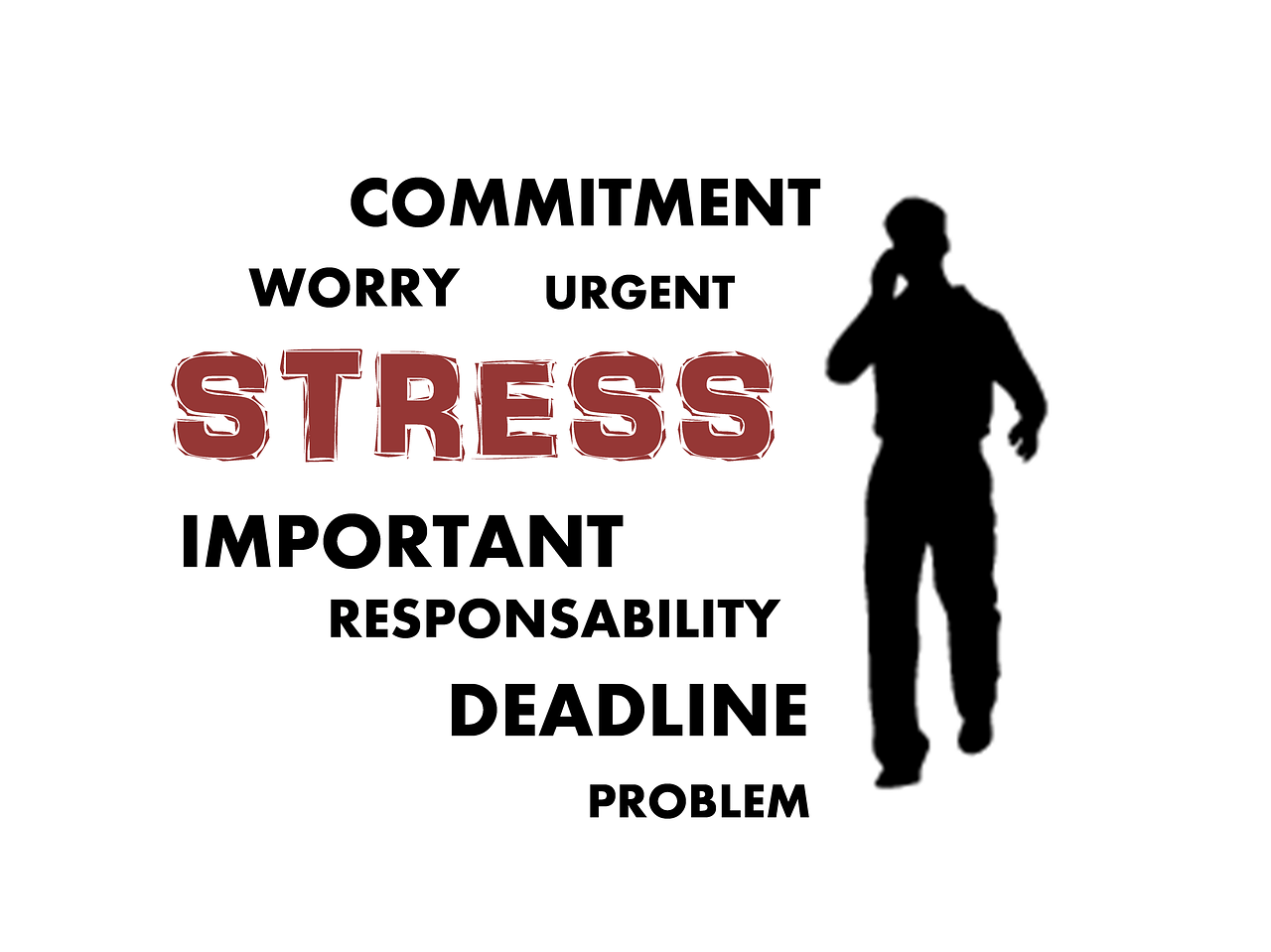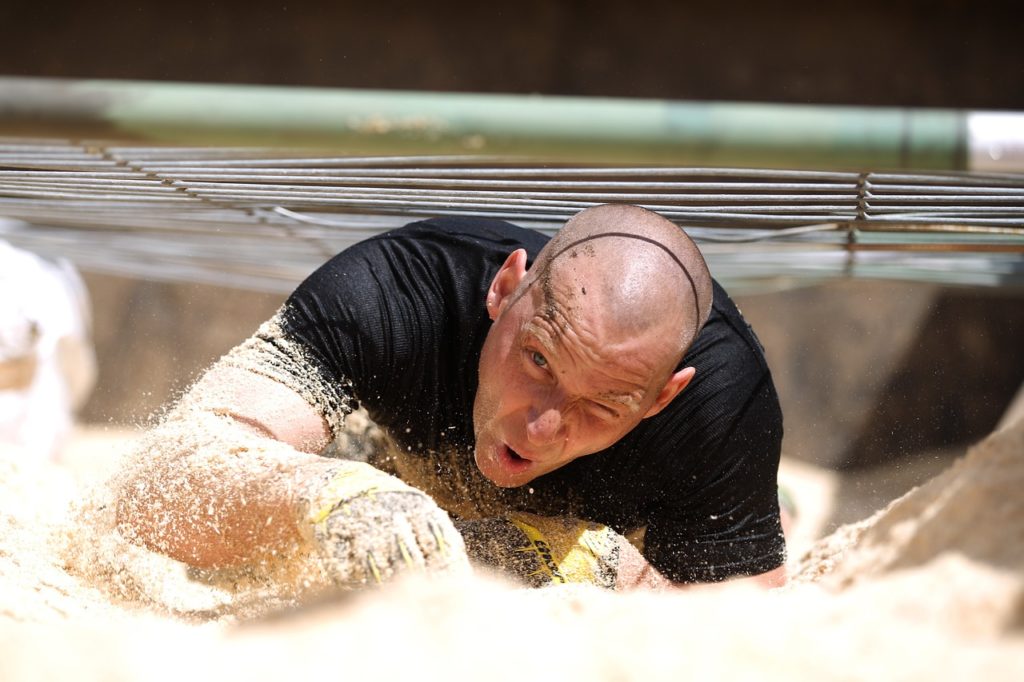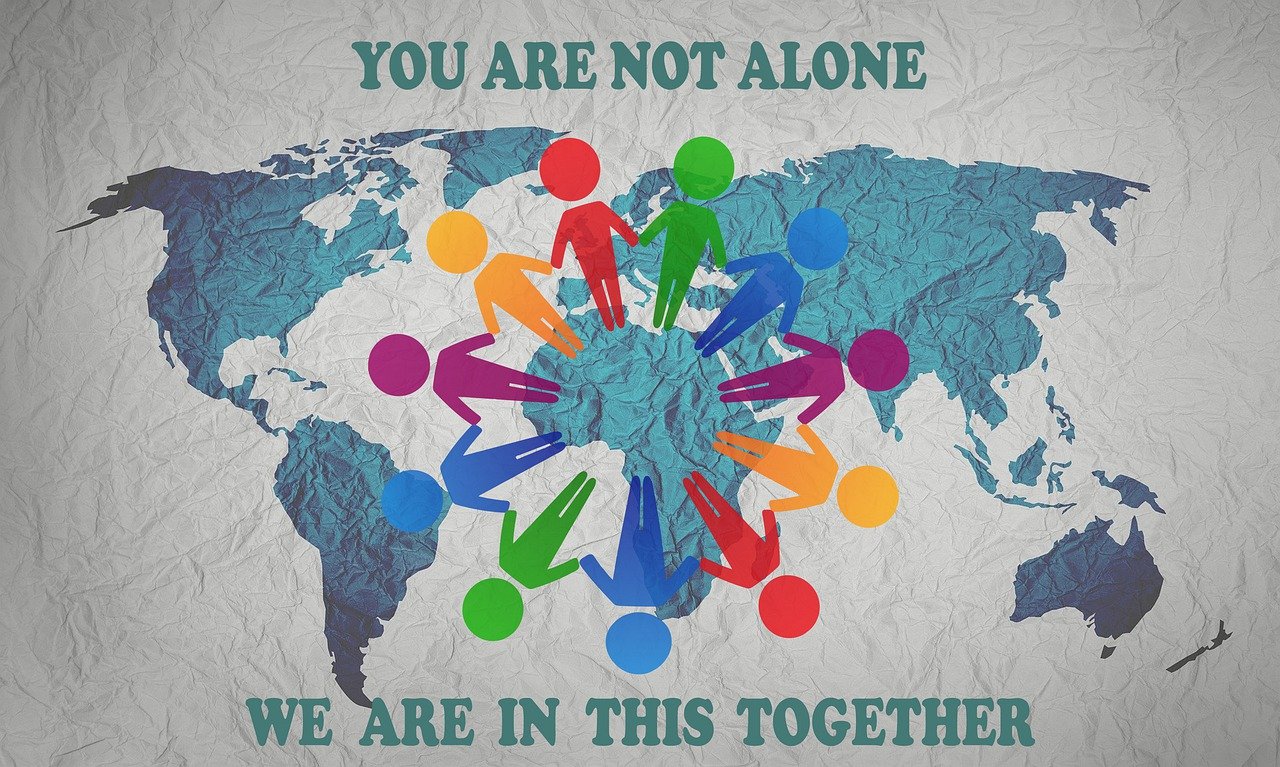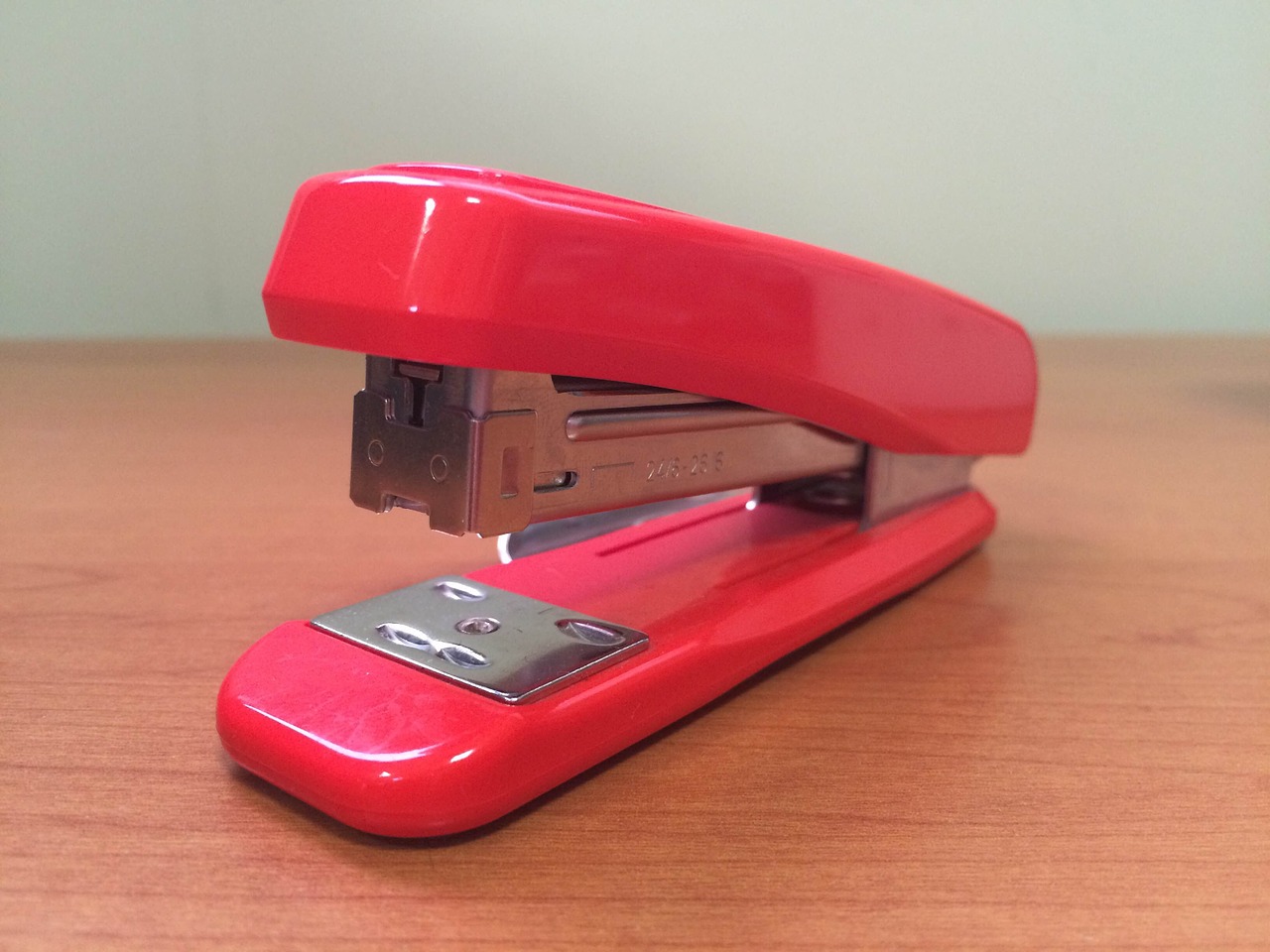Business is problem solving. Business is to solve customer’s problems with your skills. Problem-solving is a universal job skill that applies to any position and every industry.
Here are a few simple steps to help you understand the problem-solving thinking skills.
What is problem-solving?
Problem-solving is to bridge the gap between the current state and the ideal state. It is a set of practical process.
Problem-solving skills help you understand where you are, and what you need to do to achieve the goal.
01.
Identify the problem

You can use many different approaches to problem-solving, but first of all, identify the issue that you’re dealing with. Problem-solving starts with identifying the issue.
What exactly do you work on? Analyze the situation and break things down into smaller parts that you can control. We can control the controllable issues.
Stick to a step-by-step approach. Problem solving process requires appropriate time to work on.
02.
Define the problem

When we define the problem, the problem is “the gap” between “the current state” and “the ideal state”.
Be specific. State these 3 points as clearly as possible.
Structure the problem in terms of a solution. Define the problem with data.
03.
Choose the best strategy

Be creative and come up with as many solutions as you can think of. Brainstorm possible solutions.
Make a list of possible solutions.
Considering multiple alternatives can significantly enhance the value of your ideal solution.
04.
Implement the solution
Once the solution is decided, it must be implemented along with plans that work well.
Put your solutions into practice. Manage your solution with action plans and get the things done accurately.
When the goal of your problem solving is set, you will know what to do.
05.
Evaluate the outcome
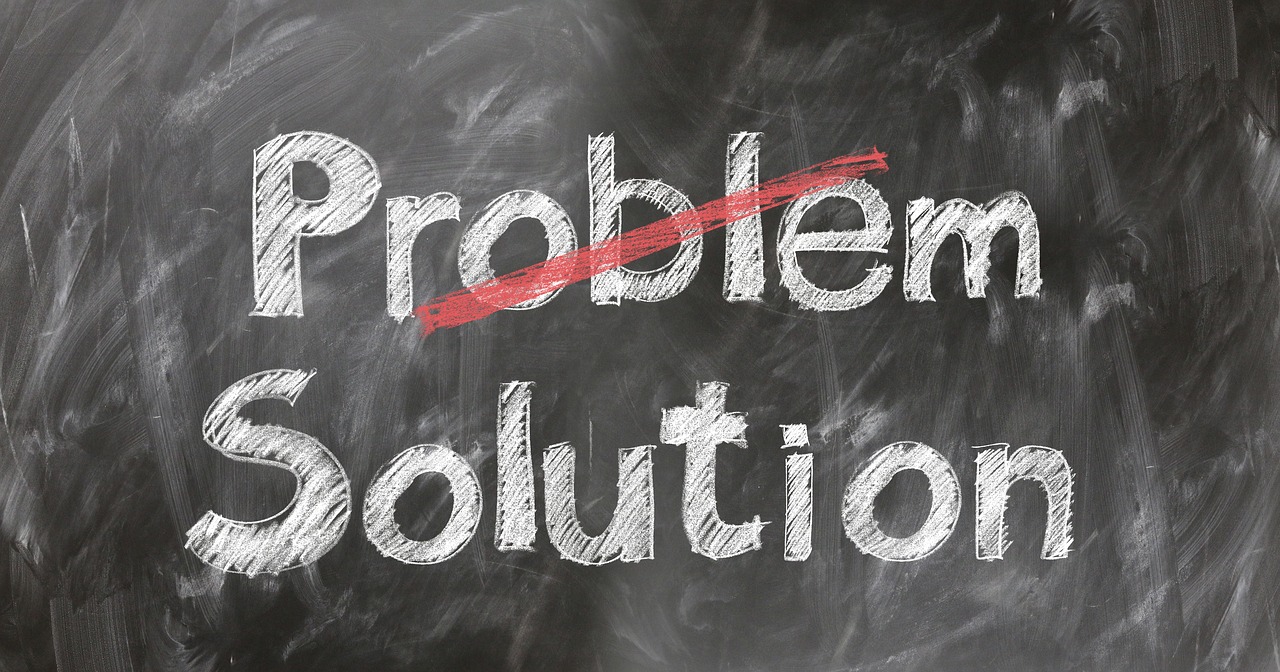
Evaluate the outcome. The final step of problem-solving process is to review the results.
If it didn’t work, move on to another one. You need to check whether your customer is satisfied or not. Problem-solving is for customer’s satisfaction.
Practice, practice, practice
In order to solve a problem, it is important to follow a series of steps.
Practice makes perfect.
Problem-solving requires time, toughness, environment, and practice.















